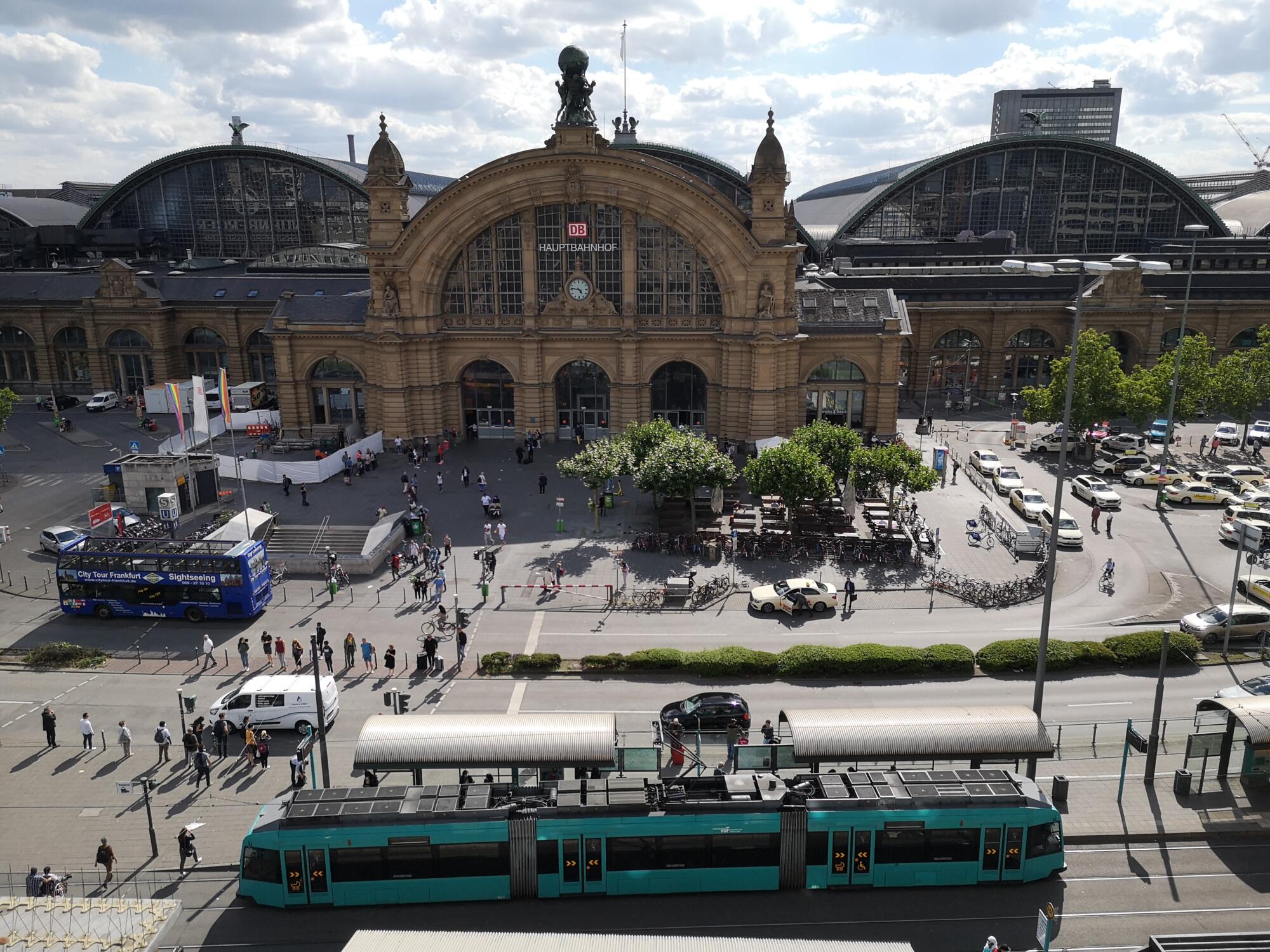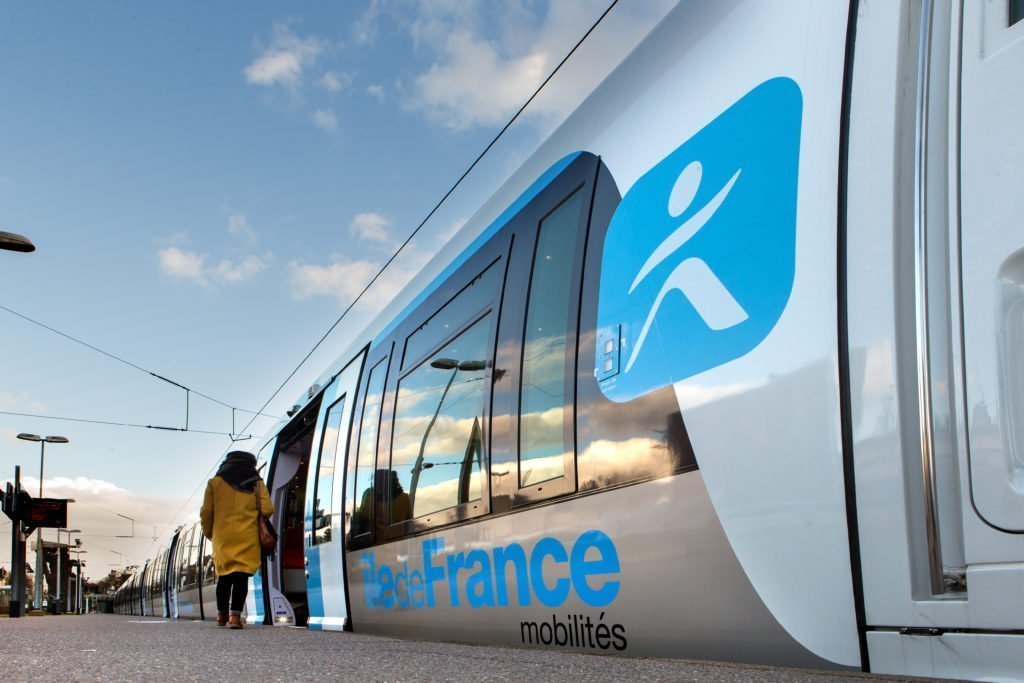Updated regulations and financial instruments: POLIS & ERRIN explore Urban Nodes in the TEN-T
POLIS and ERRIN convened a meeting in Brussels on 6 July to discuss the latest revisions to the TEN-T regulation, the impact on Urban Nodes and the role of the Connecting Europe Facility (CEF), to support their members in navigating fast-approaching legislative changes.
Joined by Herald Ruijters, Acting Deputy Director-General, Director of Investment, Innovative & Sustainable Transport, DG MOVE, the networks’ members received information on the future of the TEN-T networks, updates on policy changes, insights into the funding and financing mechanisms and had the opportunity to pose their own questions.
The TEN-T and urban nodes: what you need to know
The EU’s trans-European transport network policy (the TEN-T policy) is a key instrument for developing coherent, efficient, multimodal, and high-quality transport infrastructure across Europe. As the EU seeks to develop smarter and more sustainable mobility, the network will be critical to achieving economic and environmental targets. A revised TEN-T regulation promises extensive benefits for cities and regions. However, for local mobility policymakers and practitioners, many pressing questions and challenges remain.
Over the last few years, TEN-T legislation has been undergoing revision and is expected to enter into force in early 2024. By 2030 the core network is expected to be completed, with the conclusion of an extended core network by 2040 and the comprehensive network finalised by 2050. This integrated approach to rail, inland waterway, and road transit will transform European passenger and freight movement, eliminating the current bottlenecks at national borders and futureproofing Europe’s connectivity.
“As the number of urban nodes grows, it will make the TEN-T ever more important and present in the lives of all European cities, improving opportunities for European citizens. We are at a critical moment, where we have a real chance to shift in the right direction,” said Ivo Cré, Director Policy and Projects, POLIS.

Ivo Cré, Director Policy and Projects, POLIS. Credit: ERRIN
The new legislation places greater emphasis on Urban Nodes - which refer to urban areas where different components of the transport infrastructures of the TEN-T, such as ports, passenger terminals, airports, railways stations, bus terminals, and logistic platforms, are interconnected with each other. It strives for improved integration of the 424 urban nodes, aiming to strengthen innovation to enhance Europe’s transport capacity, sustainability, and competitiveness.
Since 2019, POLIS and ERRIN have cooperated to support municipal stakeholders in discerning proposed legislative changes and advocating for local demands at the European level. Together, they have provided feedback and recommendations to the European Commission and European Parliament on the definition, components, and requirements of Urban Nodes and TEN-T legislation. Last year, the two networks released proposals for concrete amendments to the legislation, addressing the concept of a functional urban area, the SUMP requirements, and data collection.
“Why should we consider the Urban nodes as also the DNA of this regulation? 80% of journeys in Europe take place in urban nodes (according to data from Eurostat) and generate 23 % of all transport GHG, meaning that urban nodes are at the heart of decarbonisation. Unless action is taken, we will not collectively be in a position to reach the ambitious targets of the Green Deal,” said Françoise Guaspare, Senior Policy Advisor, Ile-de-France Europe (ERRIN Transport WG leader).
A renewed focus on Urban Nodes is welcome, but cities will need to act
Urban node legislation will play a critical role in strengthening economic growth and competitiveness in cities and regions, supporting their pursuit of ambitious sustainable mobility targets.
However, understanding and navigating new legislation's implications can be a complex process for cities and regions. Urban node classification comes with a range of challenging requirements under the proposed revised legislation, including stipulations for Sustainable Urban Mobility Planning (SUMP), which will be required by 2025.
Sustainable Urban Mobility Indicators (SUMI) will also be required, with the collection and annual submission of urban mobility data to the Commission. As this meeting highlighted, the roles and responsibilities associated with data collection and its deployment will be a challenge.

Françoise Guaspare, Senior Policy Advisor, Ile-de-France Europe (ERRIN Transport WG leader. Credit: ERRIN
Additionally, for legislation to effectively address local needs, it must reflect and integrate challenges faced by practitioners and policymakers on the ground. This meeting was therefore a crucial opportunity for representatives from cities and regions to share their experiences and voice their concerns.
One of the leading concerns was the need for greater focus on Functional Urban Areas in upcoming legislation, thus more comprehensively integrating the role of regions, alongside cities. Meanwhile, the categorisation of ‘core terminals’, the process behind this, and the new stipulations cities may face, raised many questions.
The upcoming Urban Mobility Days in Seville, Spain, will present a further opportunity for local practitioners to find out more about Urban Nodes.
At the conference, there will be dedicated meetings to explore the configuration of multimodal passenger hubs, the design of multimodal freight terminals and logistics consolidation centres, detailing what this may mean for local decision-makers.
Funding and financing: what is on offer, and for whom?
European financing mechanisms are and will continue to be, central for Urban Nodes’ success within the TEN-T network. Herald Ruijters provided an overview of several financial instruments, including the ERDF, Cohesion Fund, Recovery and Resilience Fund, and Connecting Europe Facility (CEF), which will be available for Urban Nodes to develop the physical and digital infrastructures needed in the coming decades.
“We are trying to bring Urban Nodes into mainstream urban and TEN-T policy. We also want to ensure a common approach across Europe, as they become ever more important locations in our transport systems. We have been talking for a long time about multi-modality, and it is urban nodes where this perhaps most prolific,” said Herald Ruijters.

Herald Ruijters provides an overview of several financial instruments, including the ERDF, Cohesion Fund, Recovery and Resilience Fund, and Connecting Europe Facility (CEF). Credit ERRIN
This was an aspect underscored in POLIS and ERRIN’s 2022 proposals for amendments which asserted the necessity to align legislative changes with financing and funding programmes (national, interregional and European), ensuring greater clarity and transparency. This was echoed by many cities and regions, who expressed their concerns about access to such funding and confusion around application processes and eligibility criteria.
The CEF is an important provision, however, as POLIS and ERRIN identified, there is ample opportunity for improving its ability to support progress towards more innovative and integrated sustainable urban mobility.
The CEF is a key EU funding instrument to promote growth, jobs and competitiveness through targeted infrastructure investment at the European level. Under the Facility’s Transport stream, projects aim to remove bottlenecks and bridge the gaps in various sections of the Core Network and the Comprehensive Network.
POLIS and ERRIN have long advocated for a focus on transport in the CEF, alongside improved integration of Transport-Energy-Digital projects. Both networks are also advocating for an ‘Urban CEF’, with a more substantial provision for urban nodal projects.
Support cannot simply come from finance; knowledge sharing will also be critical to capacity building. The Commission emphasised the necessity to expand and enhance mechanisms for common learning and innovation related to Urban Node issues (including SUMP) through programmes like Horizon Europe and INTERREG.


